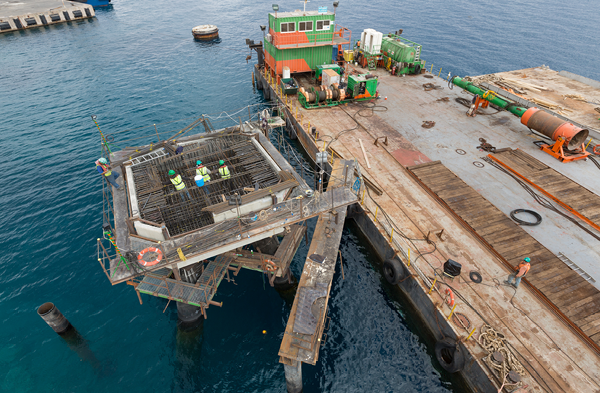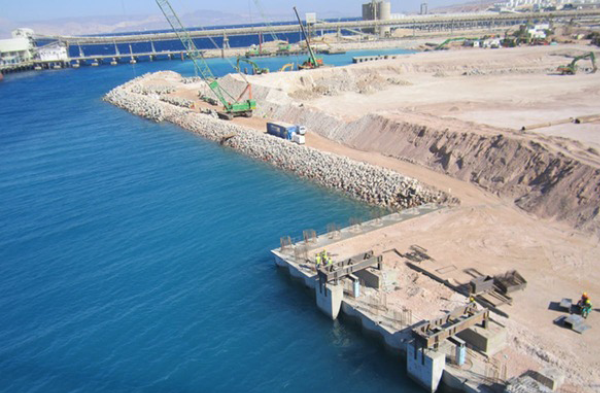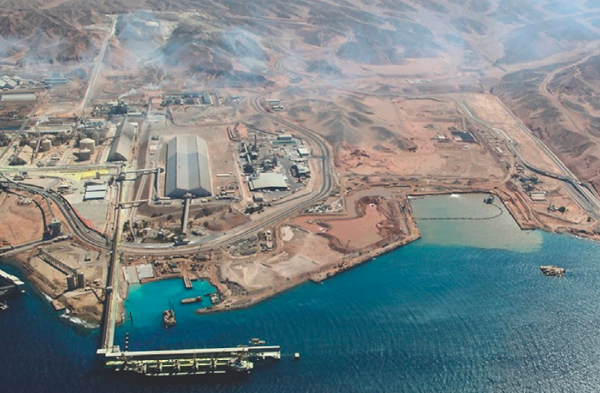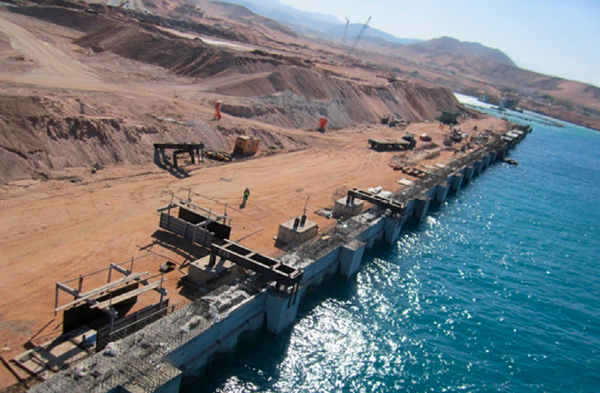Challenges & Solutions
Although relocating the port created opportunities to position the facilities for growth, it demanded innovative thinking to overcome the testing conditions in the region. The soil in the Levant region comprises silt and sand deposits and is prone to seismic ground activity brought on by frequent earthquakes, which can place significant strain and can lead to instability.
To overcome the challenging conditions, Ayesa applied adaptive thinking to deliver resilient solutions. Our geotechnics team undertook a site-specific seismic review, including a Probabilistic Seismic Hazard Analysis (PSHA), to ensure the design met national guidance and previous case history evidence. Following a desktop study, our teams concluded that an appropriate seismic acceleration of marginally higher magnitude than allowed in the FEED (Front End Engineering Design) was more appropriate. Applying this refined approach to the seismic design and liquefaction, we provided a robust and cost-efficient design. We applied this seismic design for the quay walls, by taking a performance approach described in PIANC (2001) Seismic Design Guidelines for port structures.
There was significant congestion of large diameter tie rods in a constricted complex corner of the quay wall. To save buildability issues on-site, our engineers designed a bespoke single splice plate which transferred the anchors into a single large splice plate and then transferred the load onwards to the tie-back wall systems.


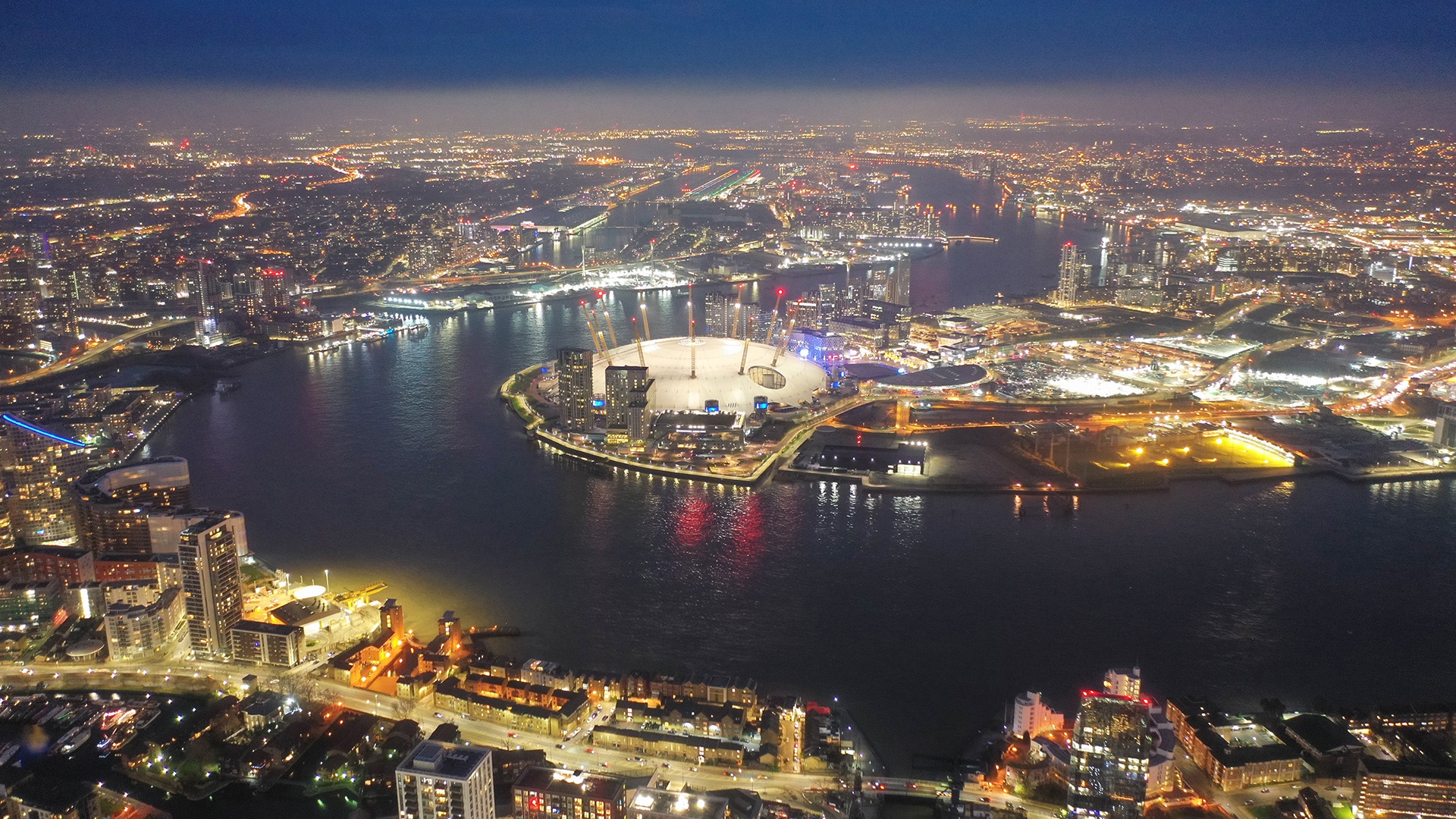

.png)


